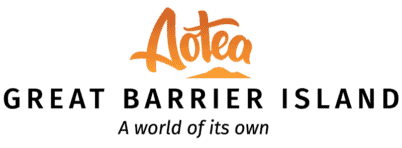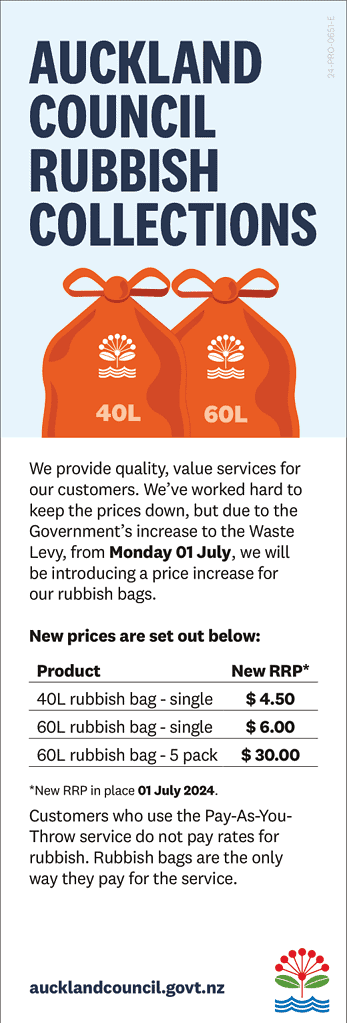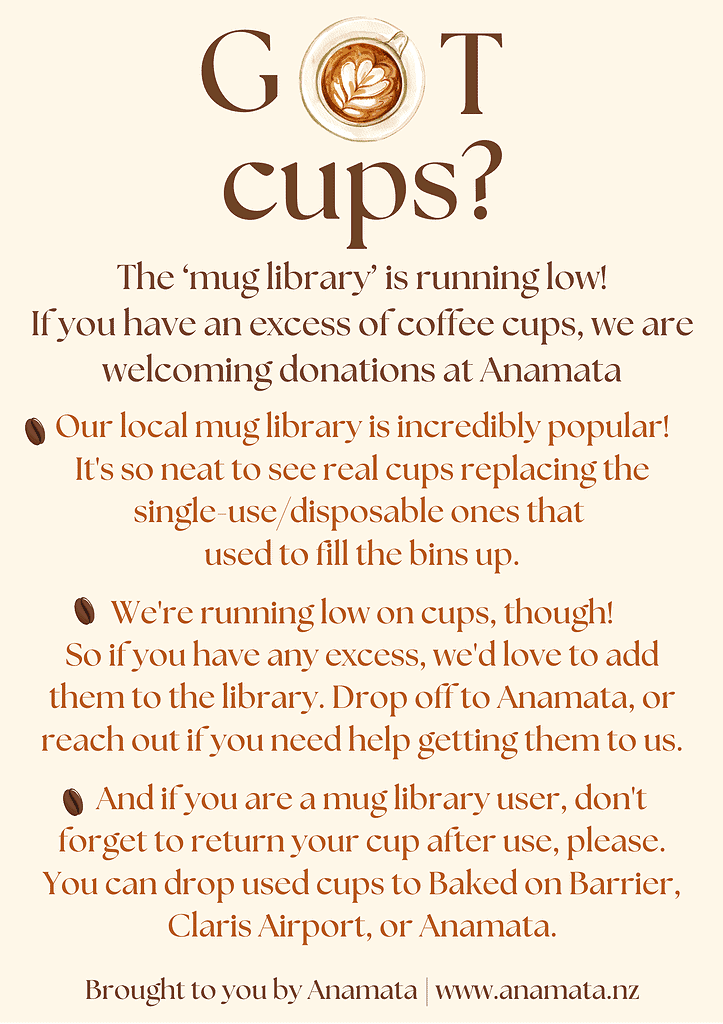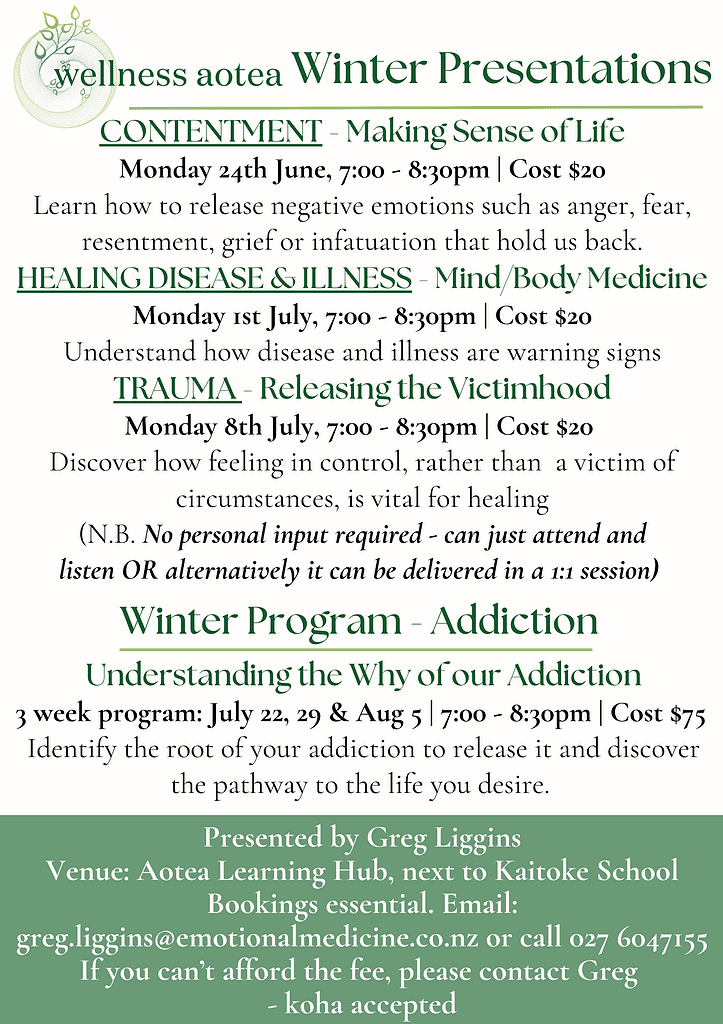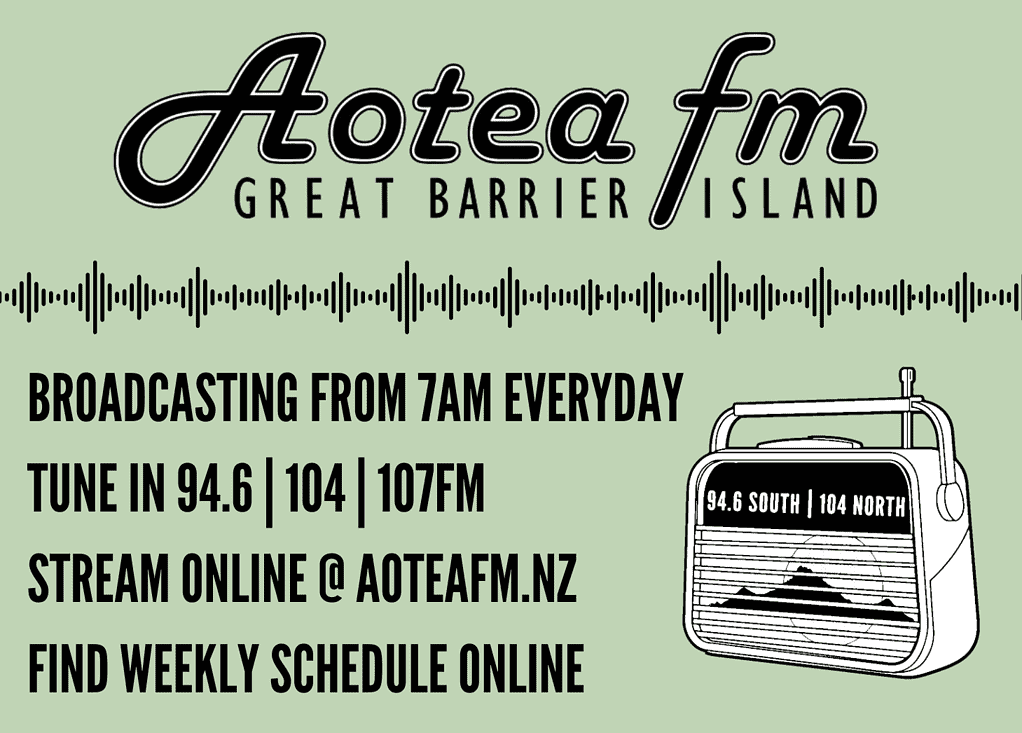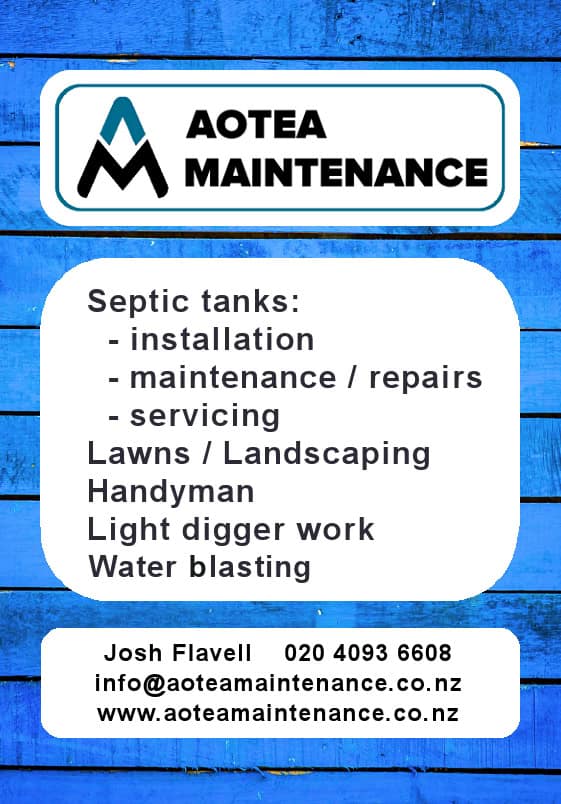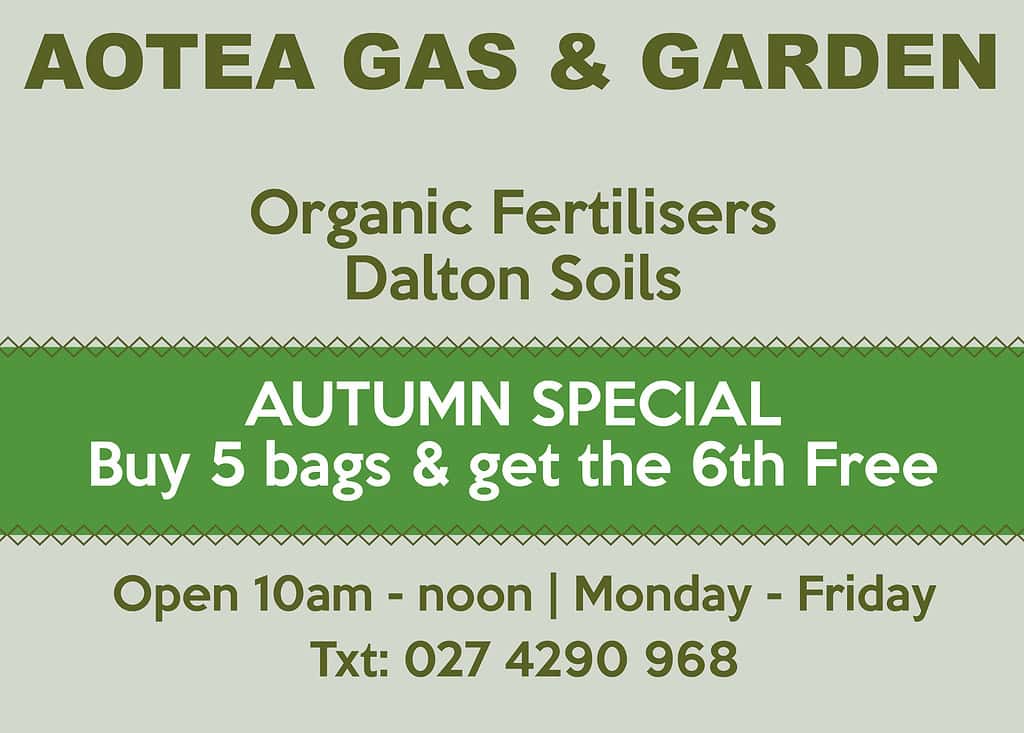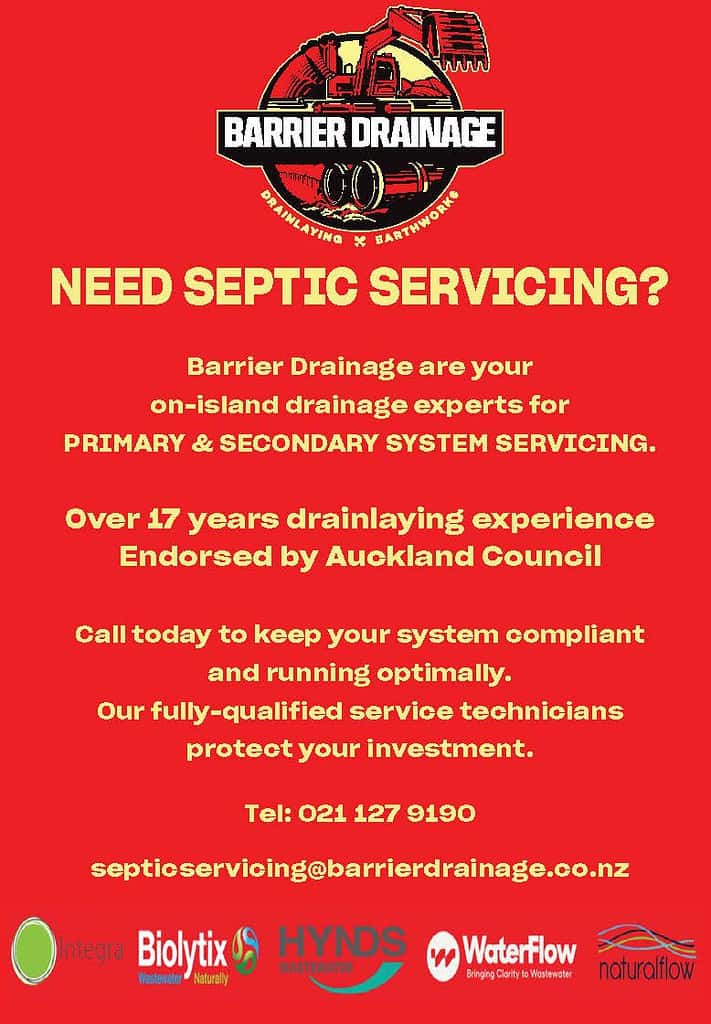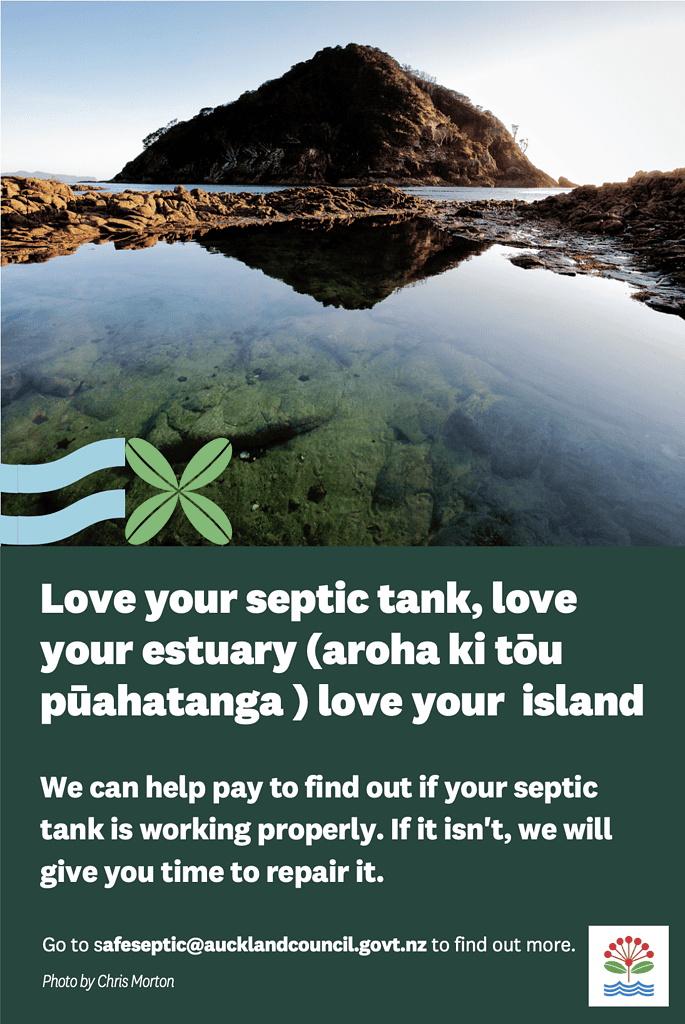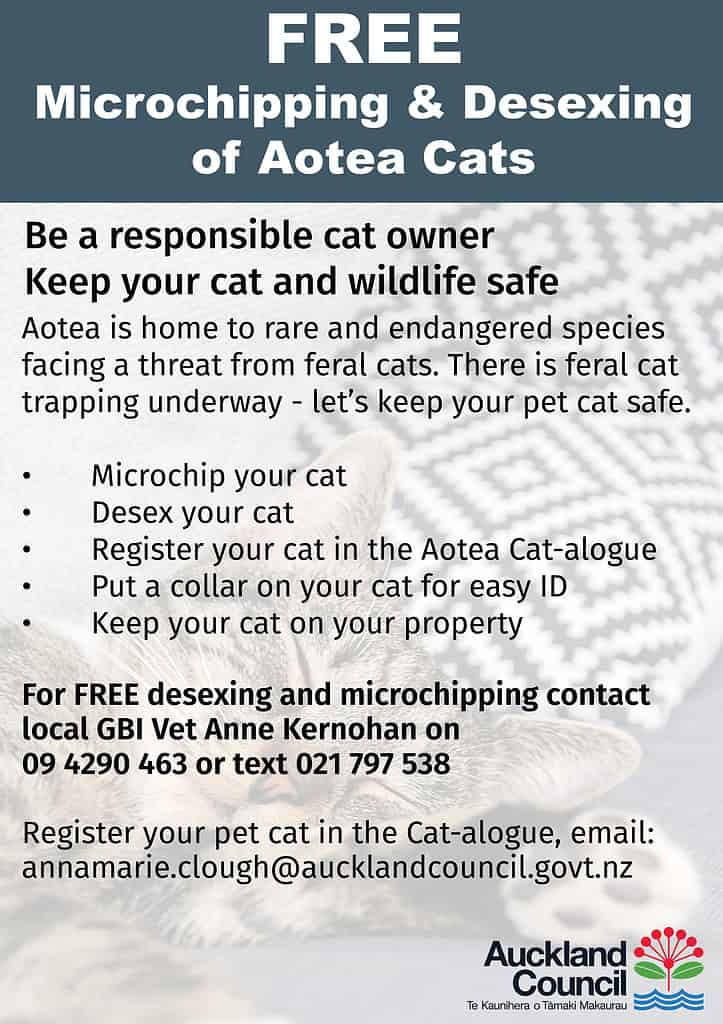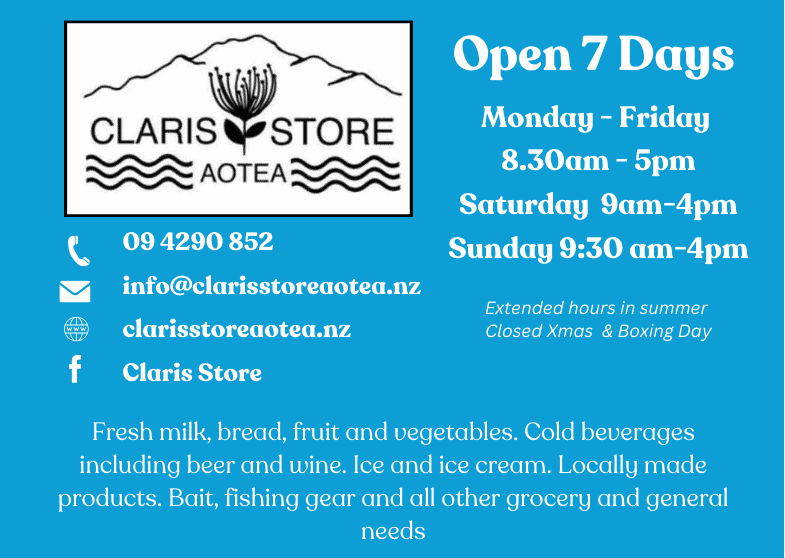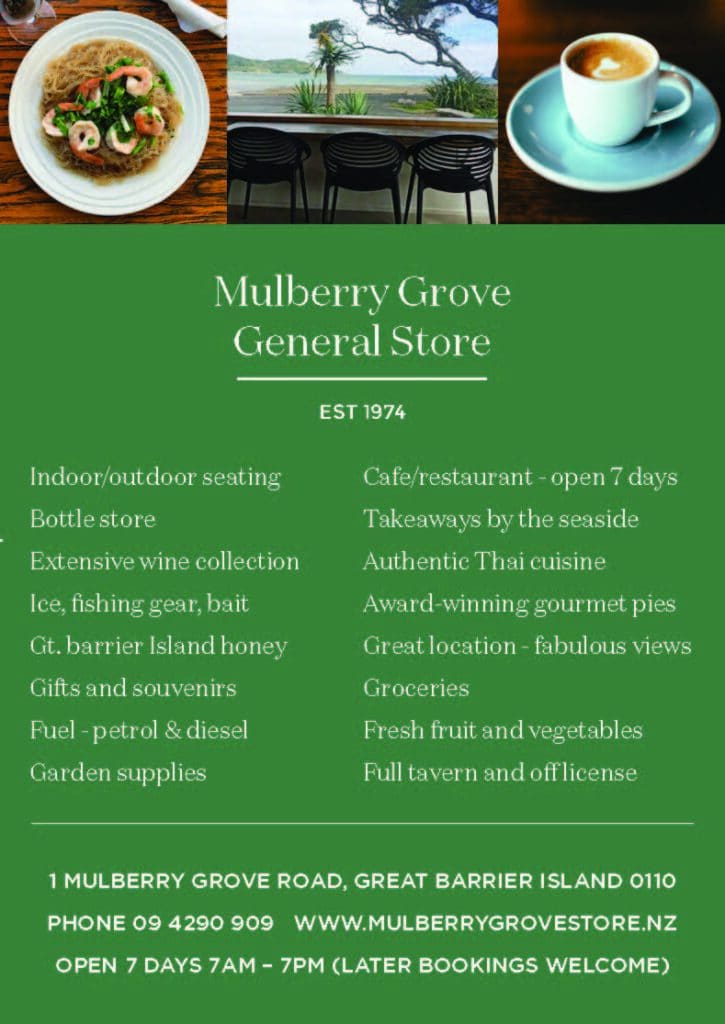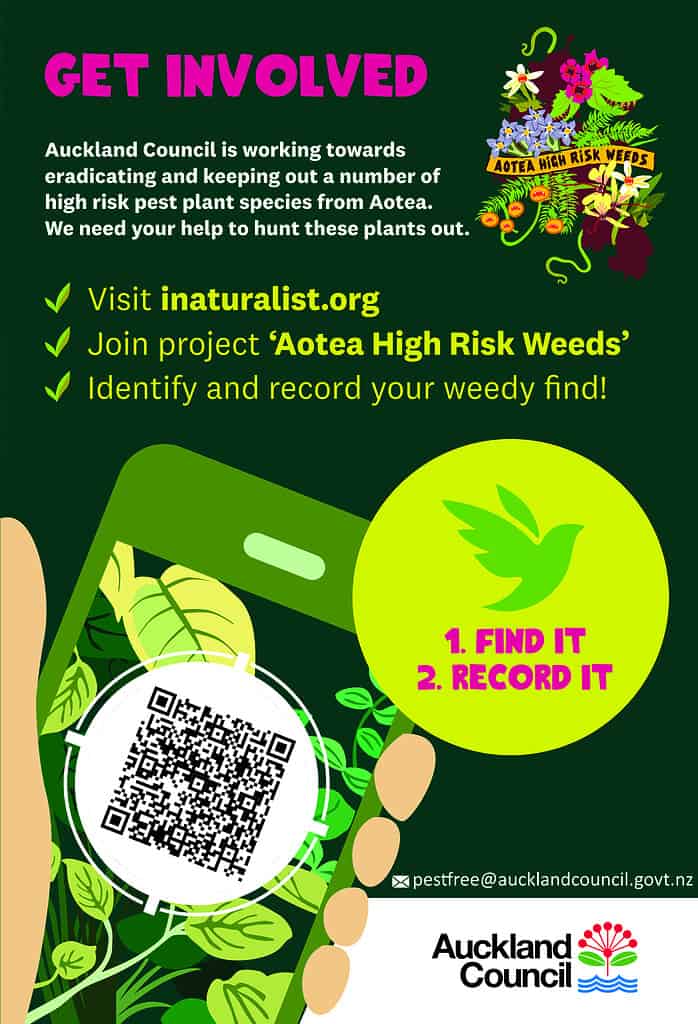The latest newsletter, #46, from Windy Hill Rosalie Bay Catchment Trust
Influences on an Island Sanctuary 1999 – 2024
The Windy Hill Sanctuary began modestly in 1999 with 100 rat traps and a part time trapper.
We began with no real notion of what we were undertaking – we just knew we had to stem the tide of rats that plagued us every year. We did not know that we would still be viable the next year, let alone 25 years later.
Over that time there have been a range of influences that have informed, motivated, and supported the evolution of the Sanctuary into what it is today – a working model of committed landowners and a community Trust sustaining biodiversity over an 800HA area of south-eastern Aotea Great Barrier Island.
In 2000, the release of the NZ BiodiversityStrategy established the urgent need to sustain and enhance our biodiversity. It was defined as one of NZ’s top 10 national policy statements. For the first time the role of the private landowner in protecting biodiversity was recognised. The basis of our work was now guided by a nationally recognised strategy and DoC established a funding stream for private landowners following its release.
Also, in the 2000s, DoC was running a series of Mainland Island Hui – bringing together practitioners in pest management from DoC ‘mainland islands’ – areas defined as ecologically significant and under active protection on the mainland. Gate crashing those hui was a huge learning curve for me. I was introduced to amazing people who became my ‘go to’ people as the Sanctuary expanded and my thirst for knowledge grew. Thank you to the likes of Alan Saunders, Darren Peters, and Lindsay Wilson who have mentored and guided me.
The Auckland Regional Council released their first Regional Pest Management Strategy around that time and funding followed for community groups working on private land. Biosecurity Manager Steve Hix, followed by Jack Craw, offered on the ground support and backed that up with regular phone calls of encouragement – they had no idea how much these calls meant. Early on, Steve even undertook a site visit to show us how to set up a track system for effective pest management as we were going in circles!
In September 2005, I attended the first Sanctuaries of NZ workshop organised by John Innes and his team from Landcare Research. These annual workshops, held all over the country, gather practitioners from 80+ Sanctuaries for three days of talking ‘shop’, the latest scientific research into restoration practice, effects of climate change, species monitoring, translocations, and more. These meetings were a lifeline to me in the earlier years as I was able to connect with a wide range of contemporaries who informed and encouraged. I have attended all but two since then.

Sanctuaries of NZ 2017.
In 2007, Kelvin Floyd became the Sanctuary’s voluntary mapping guru. His influence and his support has been unwavering. The Sanctuary maps for tracks, stations, monitoring, species locations, and weeds have been updated every year by Kelvin. Kelvin shares an international conservation perspective and a depth of experience in preparing the road map for effective species protection.
The professional way the Sanctuary has been able to present itself and work from his maps is a real testament to his contribution.
Sometime way back, and neither of us can remember now, I met the charismatic Jo Ritchie. Another staunch female in the predominantly male world of pest management. Jo stood out with her knowledge, her indominable style, and unlimited support. The pic on the right is a young Jo teaching the Sanctuary field team freshwater stream monitoring in March 2005. We have had the best ‘roadies’ to many conservation conferences, workshops, and meetings throughout NZ (and overseas) over many years, learning as we go.

In 2016 the Predator Free 2050 goal was announced. This ambitious goal influenced the attitude of New Zealanders to the plight of our biodiversity. Since that time thousands of New Zealanders have registered to conduct predator control in their communities. For those of us who had been engaged in this space for many years, our position shifted from ‘fringe’ to mainstream. It also created the opportunity to share our knowledge and lead initiatives.
Over the lifetime of the Sanctuary our work has been strengthened by the likes of :
- The Ngati Rehua Ngati Wai ki Aotea Trust Board who signed an MOU with us in2014 defining our partnership and common goals. Kaumatua Rodney Ngawaka led all three of our North Island Robin translocations and supported the cultural richness such occasions deserve.
- Dr John Early from Auckland Museum introduced us to the wonders of the invertebrate world as we gathered invertebrate samples for the Museum collection.
- Trent Bell, Sarah Herbert, and Dylan van Winkle undertook a comprehensive herptefaunal survey in the Sanctuary and created our Sanctuary field guide to lizards. The sanctuary has 11 of the 14 species listed as present on island. Sarah has gone on to lead members of the field team on three surveys over nine years of Hochstetters frogs on Aotea. A fourth is planned for 2025.

Trent Bell training the field team in lizard ID and handling.
- Dr Marj Padamsee led our community fungal foray in 2012 and forever cemented in us the passion for finding glorious fungi.
- Tim Lovegrove from Auckland Council led our first North Island robin translocation and follow up monitoring in 2004. Always on call for bird matters.
- Auckland Council biosecurity lead Brian Sheilds has been around since the early days and generously shares his wealth of knowledge.
- Dean Medland has been engaged with the Sanctuary for 25 years as a field team member, a biosecurity operator, and later as our prime feral pig hunter. His passion for hunting and his knowledge of pigs has increased our understanding of this animal.
- In more recent times the videos by Cam Speedy have guided the refinement of our station management and improved our cat trapping outcomes.
The 53 landowners that partner the Trust in the Sanctuary, including DoC and the QEII National Trust, influence our considerations around sovereignty, privacy, and security. The Trust respects that our pest management programme must fit with the values of private landowners and adapts accordingly.
And last, but not least, I acknowledge the profound influence of Prof John Ogden. John is the Trust’s Ecological Advisor and has been a Trustee since 2002. John has taken the Sanctuary field data on rats, birds, seedlings, and lizards over may years and produced high quality reports which have often directed field management. He shares his extensive knowledge of vegetation patterns, threatened species, and has reported our annual bird counts since 2008. John has brought a scientific rigor to our operations, monitoring, and reporting. We benefit significantly from his ongoing sage advice.

Update
The six months of this year have seen an extraordinary turnaround for the Sanctuary.
Last year was our most challenging with a severe shortage of people available to work in the field. A recruitment drive has resulted in a well-qualified field team of 5 – field manager Jordan Scarlett leads the team of Maxine Barrowman, Corey Hardstaff, Paul Lee, and Keri Lyon. Maxine will finish with us at the end of this month and will be replaced by Kerryn Johnson who recently worked for Tu Mai Toanga, the iwi led project in northern Aotea.
Pest management continues unabated with 1129 rats, 9 feral cats, and 31 feral pigs culled this year, plus a range of weeds removed. The May Sanctuary rat tracking index came in at a pleasing 9.5%.
A new 21 HA property has been added to the sanctuary area and mapping is underway. We farewell landowner Derek Bell who is taking over the pest management on his Taumata block.
The succession plan to replace my voluntary role as Trust Manager is underway with Lou Mack now leading Operations. We have a new trust administrator in Diane Lyon, and sound funding for the year ahead. We are once again on a roll.
A Big Thank you to our funding partners and supporters who have backed us on this journey:

After 25 years we feel confident in the value of this biodiversity focused project and the pathway with Tu Mai Toanga towards the vision of restored mauri – a pest free Aotea Great Barrier Island.
Judy Gilbert
Trust Manager
0212023258
